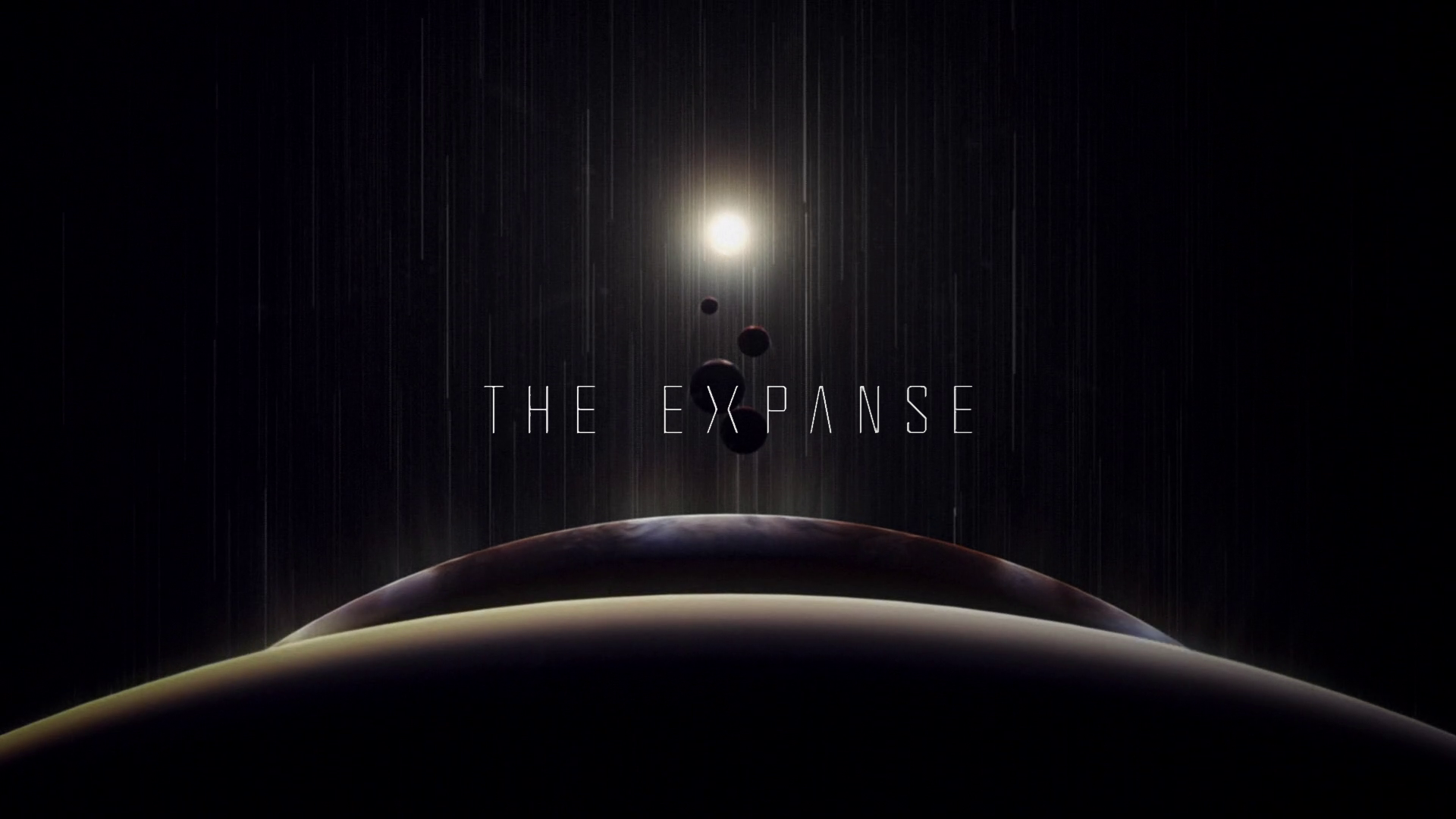Belter
Belter is a term used to refer to persons born in the Asteroid Belt or the Moons of the outer planets. In a pejorative meaning, they are also called Skinnies, because of their altered physiology due to growing up and living in a low gravity environment.
The earliest Belters were miners, living out of ships and sustaining themselves on years’ worth of food reserves. It wasn’t until the Epstein Drive that the Belt truly opened to humanity, allowing life and culture to flourish. Humans have been in the asteroids for a shorter amount of time than they have been on Mars, but more than a century of living, breeding, and growing in microgravity have led to physical changes in Belters. Eros and Ceres have been spun up to generate their own gravity, but this is a poor substitute for even the lesser gravity of Mars. Those Belters who can’t afford proper hormone treatments or periodic trips to higher-gravity environments grow to seven and a half feet or taller, bones stretched thin and brittle. Even hormone treatments don’t address all of the physical concerns, as Belters have a tendency to be slender and less-muscled than Earthers or Martians, with obvious physical signs such as spine ridges where the bones didn’t fuse properly. These Belters suffer from a number of physical ailments, and can’t tolerate Earth’s gravity outside large, liquid-filled buoyancy tanks— being forced into Earth’s gravity well outside these tanks is torture for them, both legally and literally. The smallest settlements in the Belt are nearly zero-g; the unfortunate Belters who live there cannot return to gravity for the rest of their short, troubled lives.
Besides the physical ailments caused by microgravity, and many children suffer brain damage caused by hypoxia—the result of improperly cleaned air filters or low oxygen levels present from living on a cold asteroid. Many other Belters suffer from malnutrition, as nearly all food must be imported from Earth, Mars, or the Belter breadbasket, greenhouses on Europa and Ganymede. Dehydration is also a constant worry, as all water in the Belt is either heavily recycled or comes from massive ice chunks brought in by haulers from the rest of the Belt or from the rings of Saturn. Mining is dangerous work no matter what’s being mined—a disproportionately large number of Belters replace damaged or destroyed limbs with prosthetics, an affordable option despite the ability to regrow missing limbs being widely available, at least on the inner planets.
Basic Information
Anatomy
Humans born in the Belt are taller and thinner than those on Earth and Mars, standing 2-2.5 meters tall, and have brittle bones from growing up in low gravity. As a consequence, they cannot survive in Earth's gravity for very long. However, Belters recover faster than Earthers after periods of high-G. These physical differences along with cultural and language difference cause Belters to be dehumanized and regarded as second-class citizens by many Earth and Mars residents, since they superficially seem to be a deviation from the species norms of humans.
Genetics and Reproduction
Due to the effects on the human body in low gravity, Belters have great difficulty in completing normal, healthy pregnancies. Abdominal and uterine muscles atrophy from underuse, rendering labor a very lengthy, painful, and dangerous process. When possible, Belter women will relocate to Ceres station where the spin gravity allows a more predictable pregnancy and delivery. Ganymede station is frequently cited as a hospitable location for childbirth due to the high density of medical science professionals among the belt and outer planets.
Civilization and Culture
Major Language Groups and Dialects
Belters speak Belter Creole, a patóis of the languages spoken by the original settlers of the Belt. Depending on the social status of the speaker, this can be nearly impossible for non-Belters to understand. They also have a variety of physical gestures not shared by people from the inner planets, due to the need for non-verbal communication during spacewalks.
Origin/Ancestry
The Belt
Lifespan
85 Years
Average Height
2-2.5m (6'6-8'2)
Average Weight
55-90kg (120-200 lbs)
Remove these ads. Join the Worldbuilders Guild










Comments